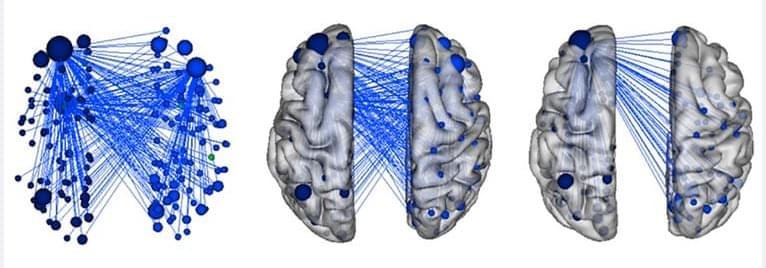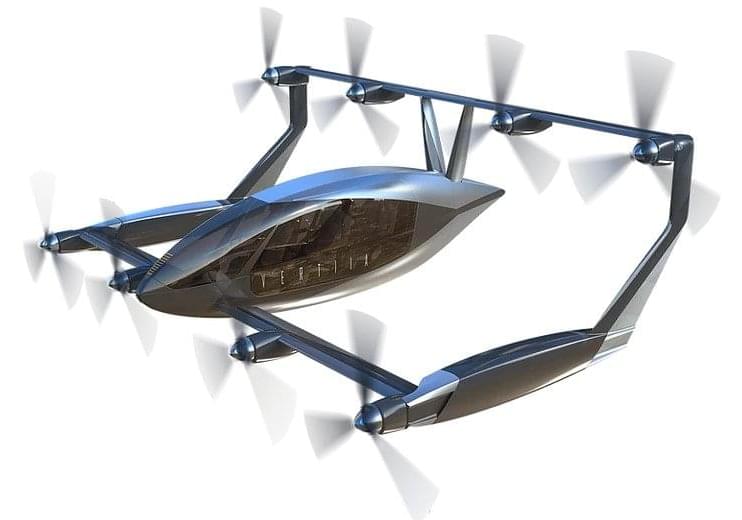The energetic phenomena known as Fast Radio Bursts (FRBs) are one of the greatest cosmic mysteries today. These mysterious flashes of light are visible in the radio wave part of the spectrum and usually last only a few milliseconds before fading away forever. Since the first FRB was observed in 2,007 astronomers have looked forward to the day when instruments of sufficient sensitivity would be able to detect them regularly.
That day has arrived with the completion of the 500-Meter FAST Radio Telescope (aka. Tianyan, “Eye of Heaven”). Since it commenced operations, this observatory has vastly expanded the number of detected FRBs. In fact, according to research led by the National Astronomical Observatories of the Chinese Academy of Sciences (NAO/CAS), the observatory detected a total of 1,652 independent bursts from a single source in 47 days.
The research, which recently appeared in the journal Nature, was conducted by researchers from the Commensal Radio Astronomy FAST Survey (CRAFTS) project. CRAFTS includes researchers from the Cornell Center for Astrophysics and Planetary Science, the Max-Planck-Institut für Radioastronomie, the Commonwealth Scientific and Industrial Research Organisation (CSIRO), and multiple universities in China, Australia, and the U.S.







